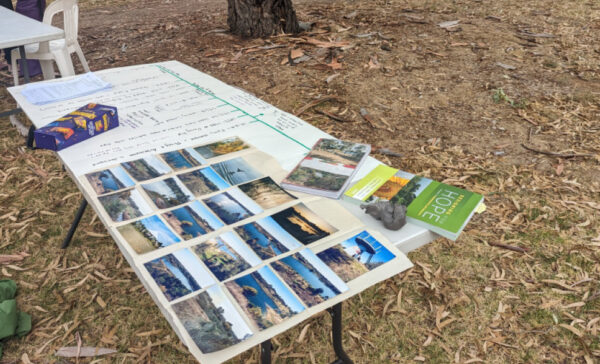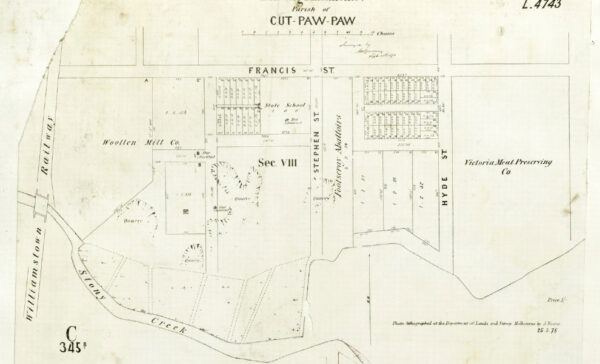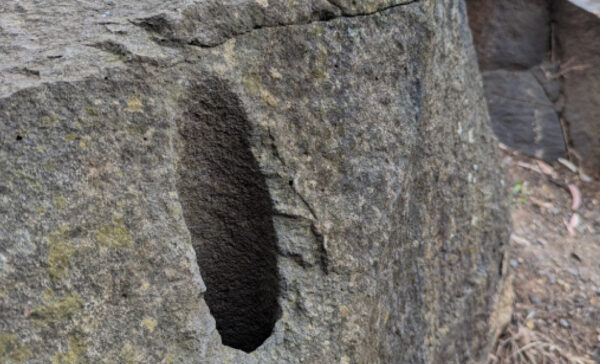By Dominique Hes and Willow Aliento
Regeneration of our cities requires recognition that creating conditions for nature to thrive, in turn contributes to thriving and resilient communities. Over the next six months we’ll share with you a series on the regeneration of a former quarry to what it is today. The story of Newport Lakes is an illustration of potential and transformation, full of intrigue, scandals and community commitment.
Newport Lakes is on the lands of the Traditional Owners, Yakulit-willam, a clan of the Bunurong/Boon wurrung peoples who lived on the Country now called Hobsons Bay.

For early colonial settlers in Victoria, the site of Newport Lakes was an opportunity to extract from the landscape, developing a series of bluestone and granite quarries. Gary Vines in his book Quarry and Stone (1993) talks about how important quarrying and bluestone was to the inner west in the first 100 years, employing one in five working men. The economic activity was important, and the quarried stone was used in many buildings and streets, defining the character of Melbourne.
Many of the early quarries that stretched all over the inner west have now been filled and repurposed. Examples include Highpoint and Altona Gate shopping centres, reserves, and sporting fields. The image below from 1875 shows a few of the quarries around Yarraville.

The bluestone in our area is the result of volcanic activity between one and five million years ago. We can still see some of the remnants of these volcanoes including Mt Kororoit, Mt Cottrell, Spring Hill and Bald Hill. Lava flowed from these volcanoes down to the bay, creating different soil and vegetation conditions here in the west compared to those in the east of Melbourne.
Before quarrying, the area would have been fairly flat with outcrops of bluestone, scattered stones, she-oak, eucalypt trees, swaying grasses and wildflowers. The area would have sloped towards the Maribyrnong River to the east and swampy areas to the west.
Rates records show that quarries operated at Newport Lakes from 1868. In the early years, people would have been simply picking stone up off the ground or chiselling it from the outcrops. As this ran out, the extraction techniques moved on to using explosives, drilling holes with long steel bars (see image) with the ‘powder monkey’ loading gunpowder and lighting the fuse. Later on gunpowder was replaced by gelignite.
High quality stone would have been refined and dressed by stone masons for use in buildings and infrastructure. Stone was also used as ballast to weigh ships down on their way back to the UK. As a result of this, Melbourne bluestone can often be seen as a feature in London buildings, particularly around the docks.

This article was informed by archives, newspaper articles, council minutes and conversations with the community. Next month we’ll explore the growing impact of mechanisation on quarrying, increasing complaints, the 40-hour week and the 1890 depression.
If you’re interested in more reading
https://www.hobsonsbay.vic.gov.au/visit/Experience/Culture-Heritage/Point-Gellibrand
Vines, G. (1993). Quarry and Stone: Bluestone Quarrying, Stonemasonry and Building in Melbourne’s West. Melbourne’s Living Museum of the West.
Melbourne Bluestone Story by Fiona Anderson 2021-07-18 https://www.weekendnotes.com/melbourne-bluestone-story/

